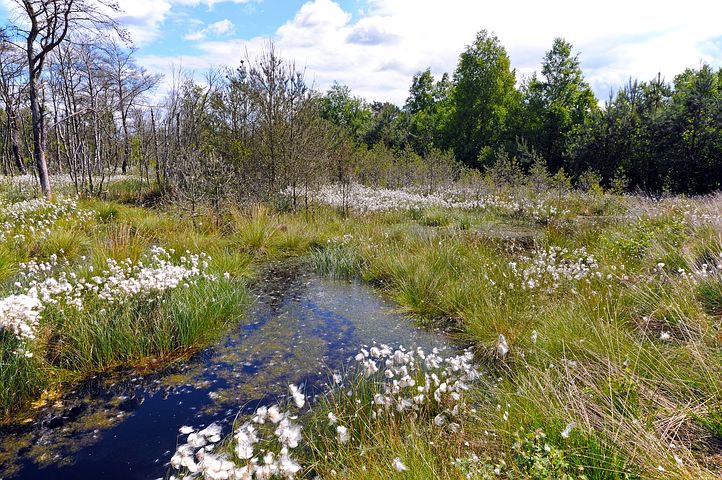Benefits
TEFA is the first sustainable substitute for black peat.
The utilization of TEFA can reduce peat-related CO2-emissions by approximately 90%.
Source: Lebenszyklusanalyse «Torf und Torfersatzprodukte im Vergleich» der Zürcher Hochschule für angewandte Wissenschaften ZHAW.

Wetlands are important fresh water reserves and offer unique habitats for endangered species. The extraction of peat destroys wetlands. The availability of peat substitutes will facilitate the protection of wetlands.
The transportation of peat extracted in the Baltic countries, Canada and northern Germany to the consumers requires roughly 1 million truck journeys every year, often over several thousand kilometers. This is associated with high cost, high environmental impact and growing uncertainties due to transport restrictions. On the other side, TEFA can be produced locally, worldwide, wherever it’s needed.
Black peat accounts for about 14% of the total peat use in Europe, which stands at around 25 million m³ per year. TEFA is currently the only viable substitute for black peat. This results in a market potential of approximately 3.5 million m³ TEFA and 1 million t avoided CO2-emissions per year.
The production of 3.5 million m³ TEFA would require less than 1% of the European grain maize production area and would generate added value for the agricultural sector of around 38 million € per year.



